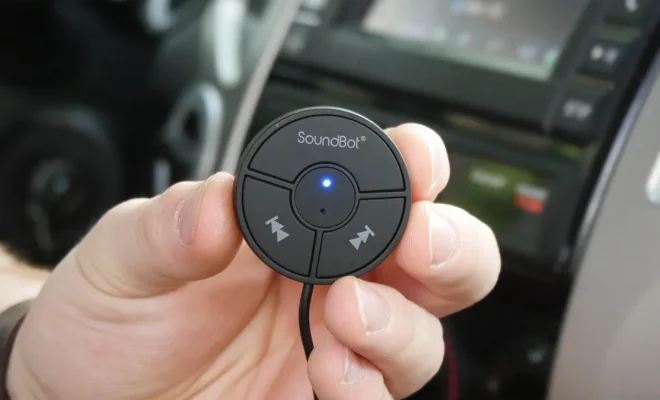A Glimpse into the World of 1321 Internet Connection Types

The growing demand for faster and more reliable internet connections has led to the development of many types of broadband technologies that cater to different requirements in terms of stability, speed, and overall performance. As each internet connection type has its own set of advantages and disadvantages, it is important for users to be aware of their options in order to choose the most suitable one based on their personal or professional needs.
1. Digital Subscriber Line (DSL)
DSL is one of the earlier forms of broadband internet connection that uses pre-existing telephone lines to establish a fast and stable connection. There are two types of DSL connections – Asymmetric DSL (ADSL) that provides a higher download speed than upload and Symmetric DSL (SDSL) that offers equal speeds for both uploading and downloading.
2. Cable Broadband
Cable broadband services use the same coaxial cable as the television services for providing high-speed internet access. This allows users with cable TV subscriptions to establish an internet connection without needing a separate phone line. However, cable broadband may suffer from network congestion during peak times as multiple users share a common network.
3. Fiber-Optic Broadband
Fiber-optic broadband is among the fastest and most reliable internet connections available today. This technology transfers data through thin strands of glass called optical fibers using light signals instead of electrical signals, resulting in minimal signal degradation over long distances. Although fiber-optic broadband delivers blazing fast speeds, its availability is still limited due to high installation costs associated with laying down fiber-optic lines.
4. Satellite Internet
Satellite internet relies on communication satellites orbiting the earth to provide coverage even in remote locations where other forms of broadband are not available. While satellite connections offer consistent speeds irrespective of geographical location, they tend to have higher latency rates due to signal traveling long distances between earth and satellites, making this type of connection ill-suited for real-time applications like video conferencing and gaming.
5. Wireless Broadband
Wireless broadband, also known as Wi-Fi, connects devices such as computers and smartphones to the internet through a wireless network. Hotspots or access points are set up at various locations to allow users to connect their devices without the need for physical cables. The connection speed and stability may vary depending on the distance, interference, or signal strength of the wireless network.
In conclusion, understanding the various types of internet connections is essential for users to make an informed decision while selecting a broadband service best suited to their unique requirements. Factors such as speed, reliability, latency, and availability play a significant role in determining the right internet connection type for each individual or business.






